In North America, with a 110V circuit, polarized outlets and plugs are used as a safety feature. They are used to help ensure the complete circle of electricity in a circuit, keeping the hot-wired pin on the hot-wired side of the outlet and the same for the neutral side and pin. Some machines require polarized plugs for proper functioning.
A commonly asked question is " Why does my 2-prong style plug have different sized metal pins?" (Shown in the image below.) The answer is because it is polarized. Both the polarized and non-polarized 2-prong household plugs will fit into your 3-prong, standard household outlet/receptacle. To learn more about plugs and receptacles read our preview post here.

The hot pin on a polarized plug is the smaller of the two pins and is connected to the black wire on the inside of your plug and cable. The larger of the two pins is connected to the white wire and the grounding pin on a 3-prong plug is connected to the green wire.
A plug with two prongs of the exact same shape and size is considered non-polarized. You cannot tell which prong is the hot side and which is the neutral side, because the metal pins are the same.
When looking at a polarized household plug, shown in detail on our NEMA chart, (NEMA 1-15P), the smaller of the two prongs is a hot wire and the other is neutral. When plugged in, the electricity enters your plug through the hot wire prong and then exits through the neutral prong, to complete the circuit.
You can see, in the image above, that on a polarized plug on one side is a straight blade pin and the other has a more rounded end on the pin. The rounded end of the pin is there so you cannot insert the plug into the connector incorrectly.

The best way to tell if your plug is polarized or not is to look at it. If the 2-prong plug has two equally sized pins, as shown in the image above, then it is not polarized. The 3-prong design has a grounding pin which is designed for extra safety measures in electrical devices like a coffee pot, where they may come across liquids. The grounding pin will trip the breaker if the water gets into the circuit, stopping your equipment from running.
Non-polarized outlets were common in older homes, changing any non-polarized outlets you may have in your home will keep your house current on safety codes. Every outlet should be replaced with a polarized outlet in an up-to-date home sale for safety. Today, outlets are being installed with a 3-prong design, to stay up to date on current electrical safety codes.
Below is an image of an older style polarized outlet type, which many people confuse for a non-polarized outlet. You can see the slot on the right side is slightly larger than that of the left.
For an accurate version of the current OSHA electrical standards please follow the link below. As always if you have any questions, leave them in the comments or email our customer service department for help.
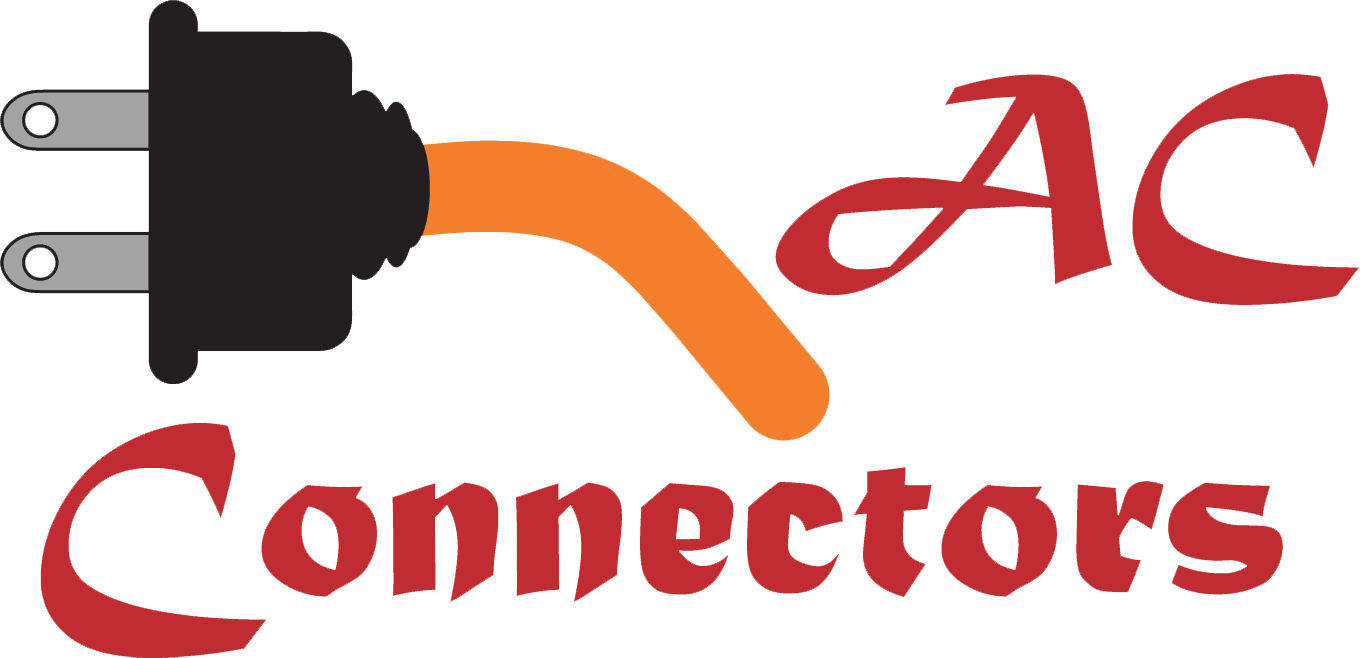




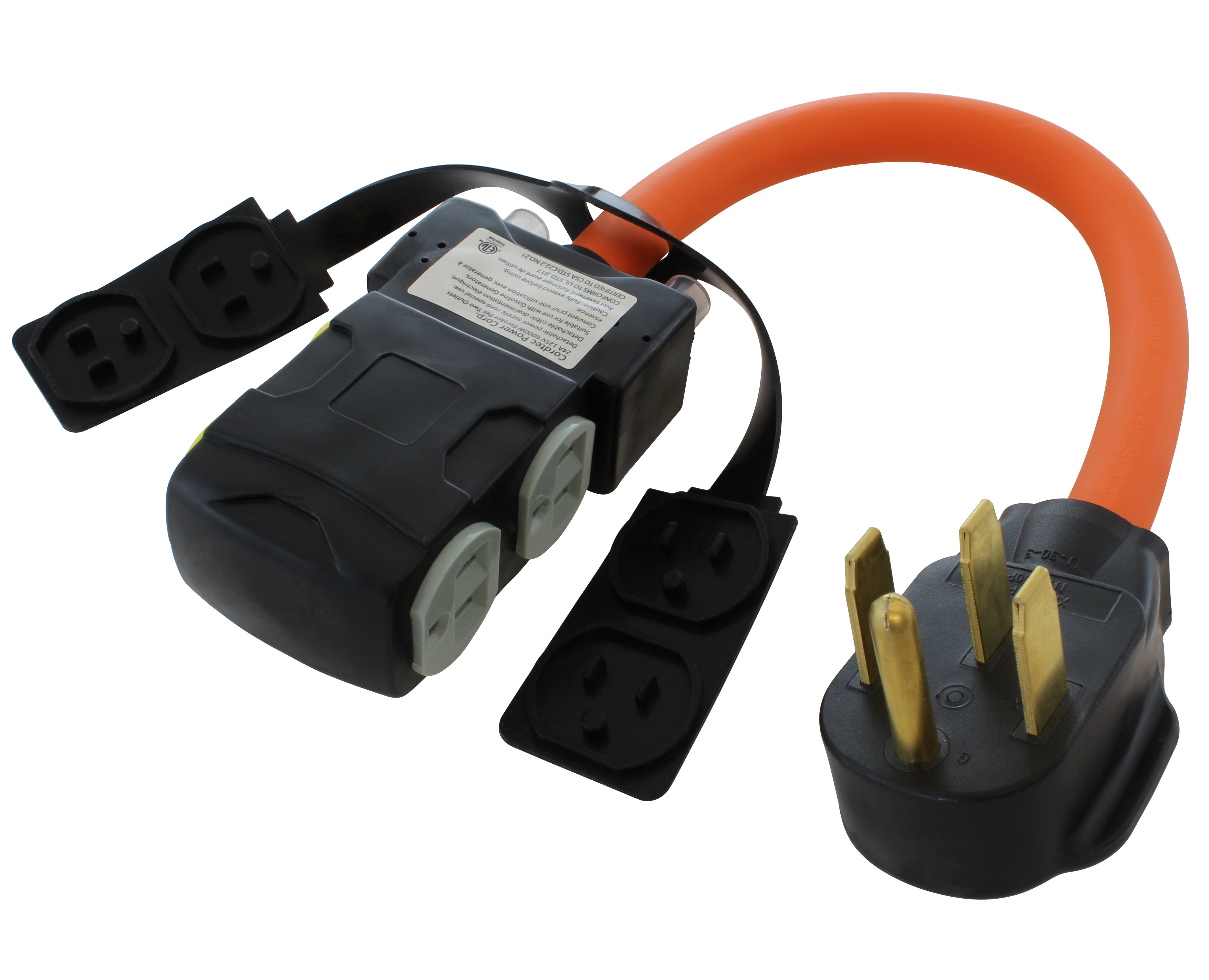
![AC WORKS® [ASINSS2PBX-G] 50A Locking 4-Wire CS6375/ SS2-50 Heavy-Duty Transfer Switch Inlet Box](http://acworks.com/cdn/shop/files/ASINSS2PBX-0_0206b362-7c90-42a5-8754-0685c13dab7e.jpg?v=1758051675&width=2500)
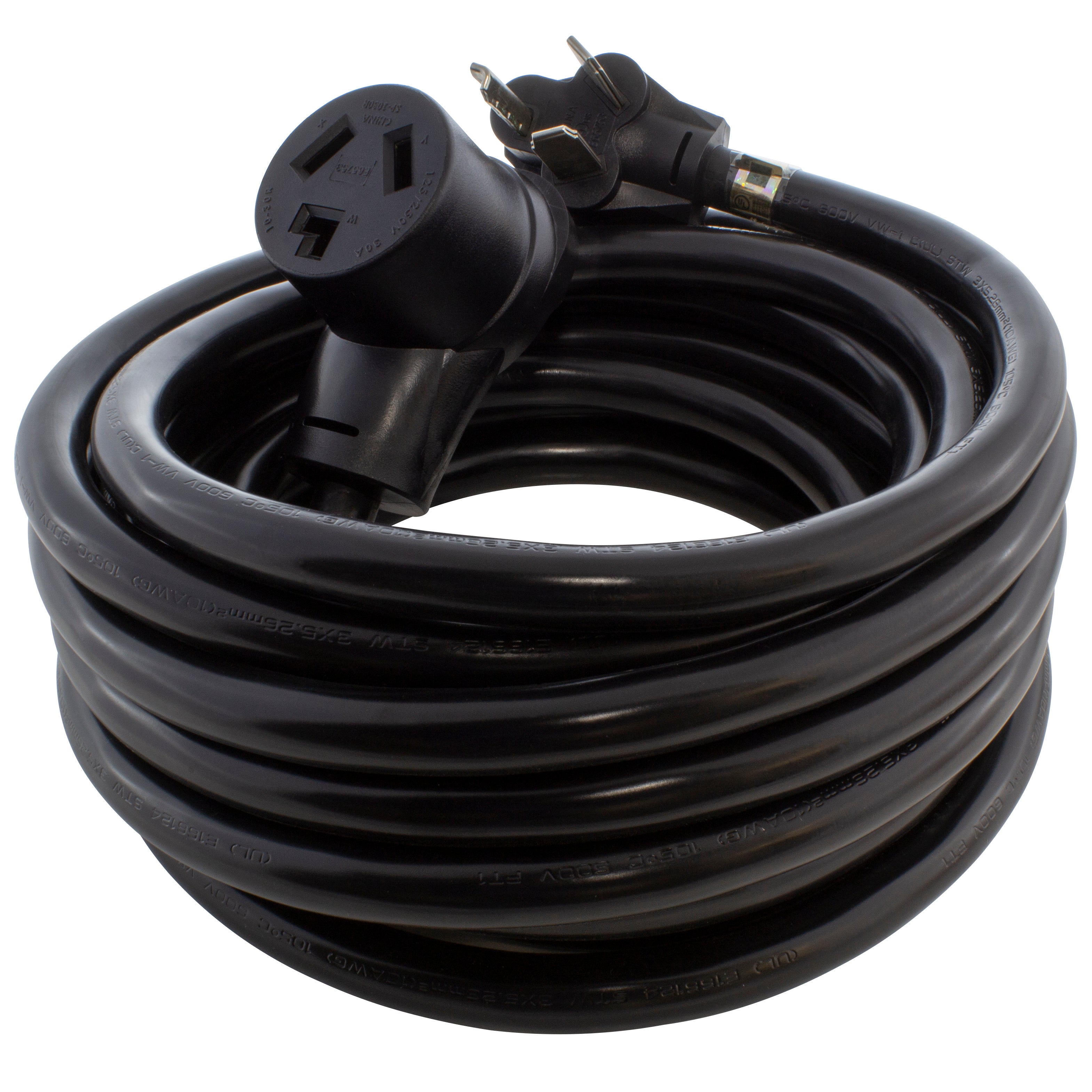
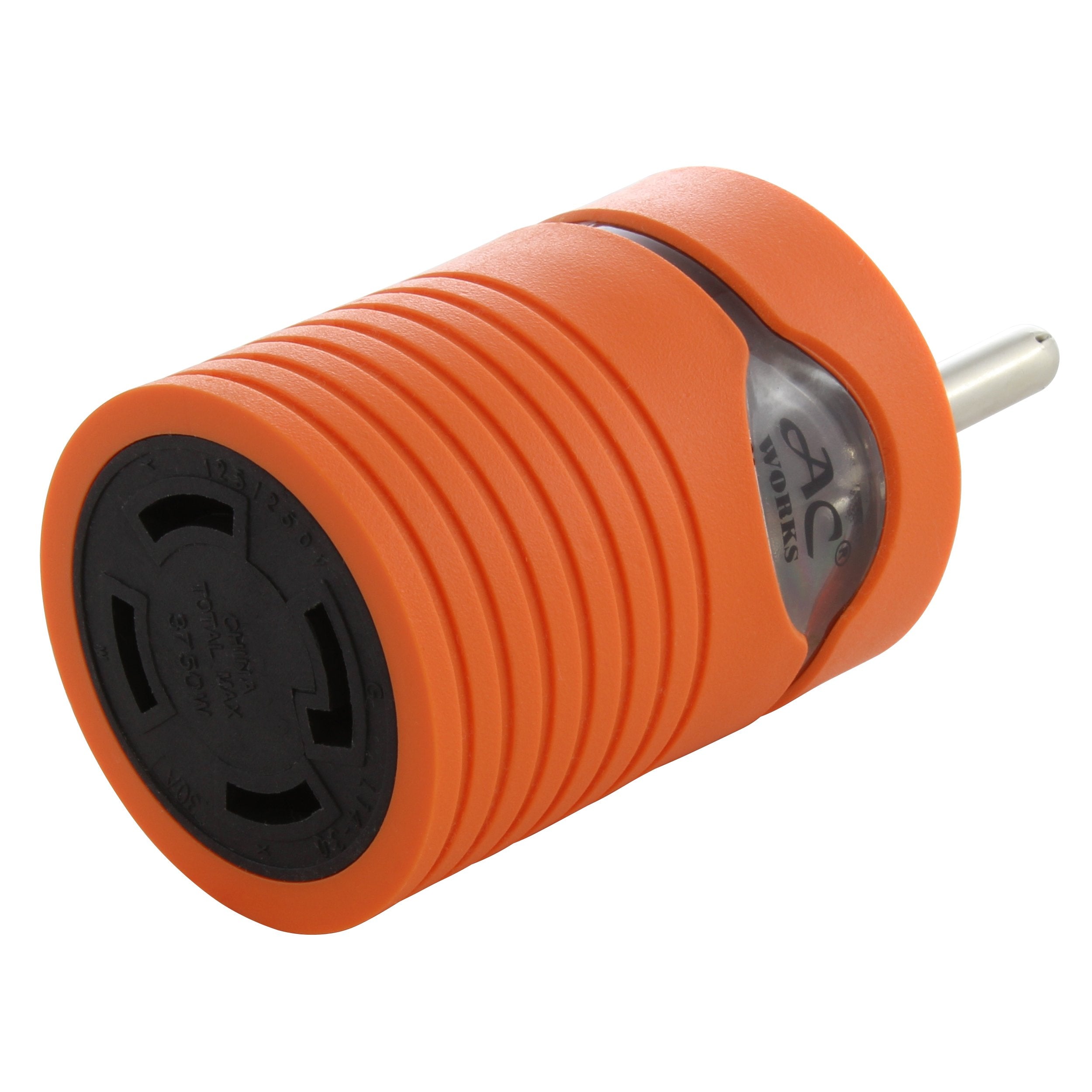
![AC WORKS® [S1430CBF520] 1.5FT 14-30P 4-Prong Dryer Plug to (4) Household Outlets with 24A Breaker](http://acworks.com/cdn/shop/products/S1430CBF520.jpg?v=1666103519&width=4656)

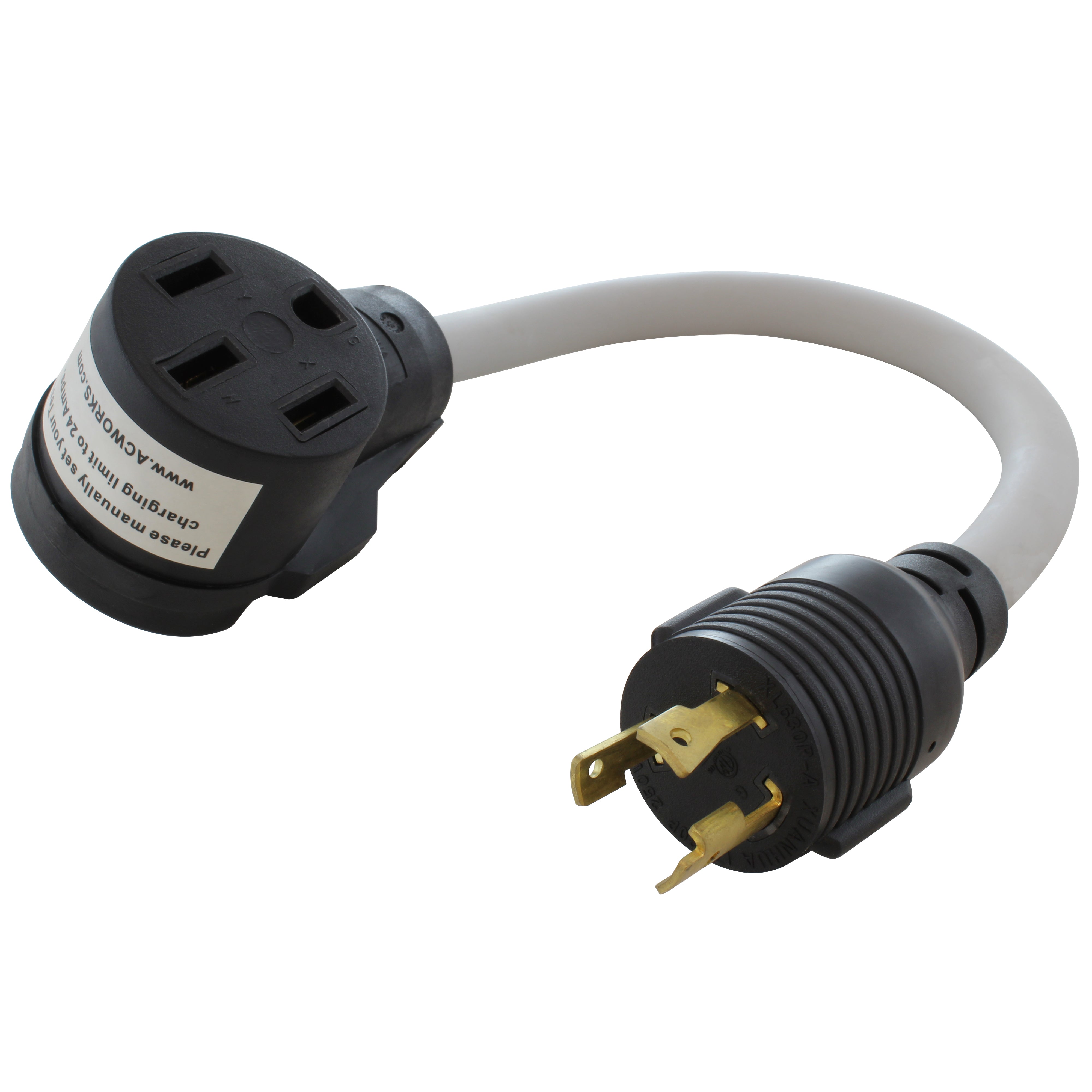
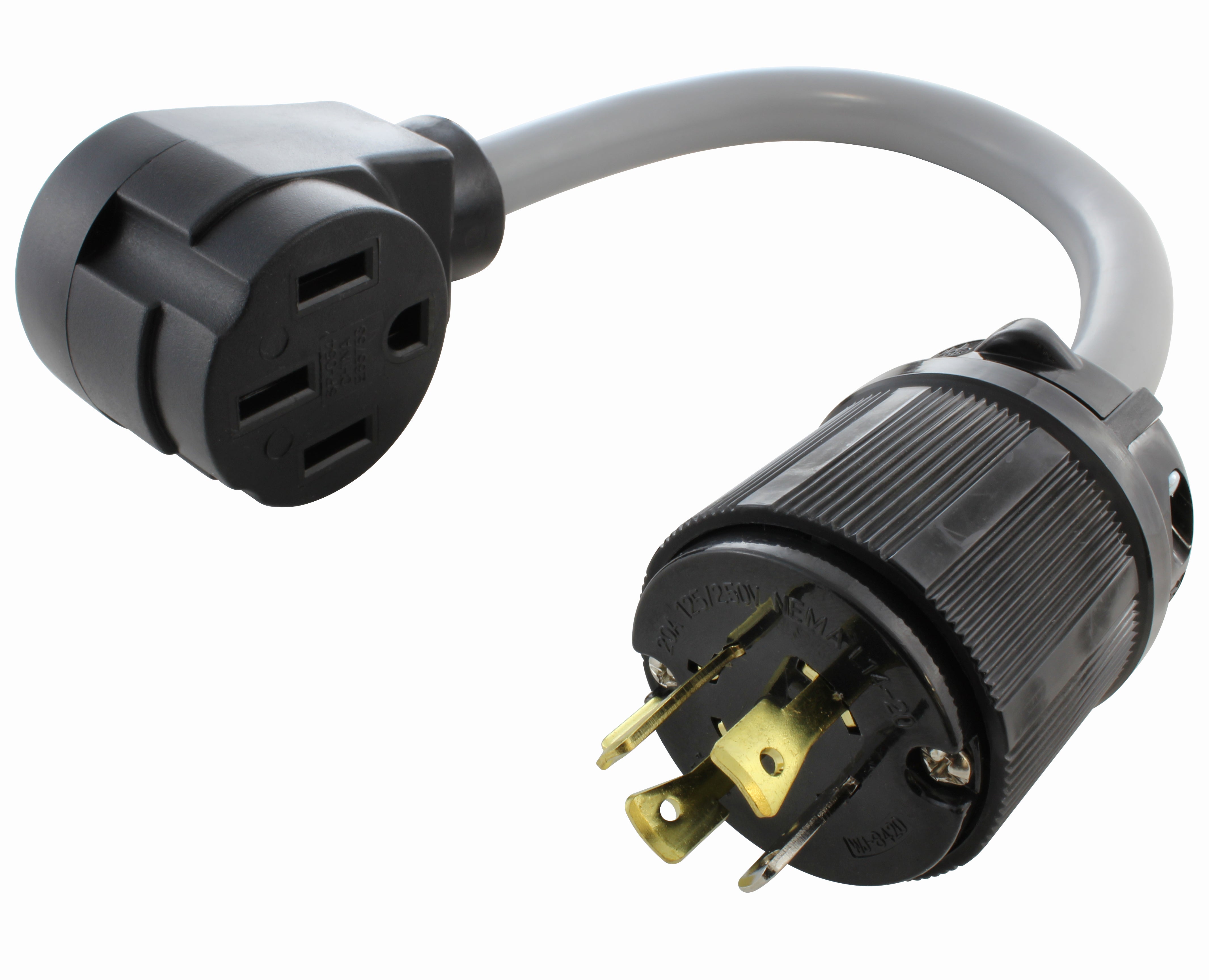
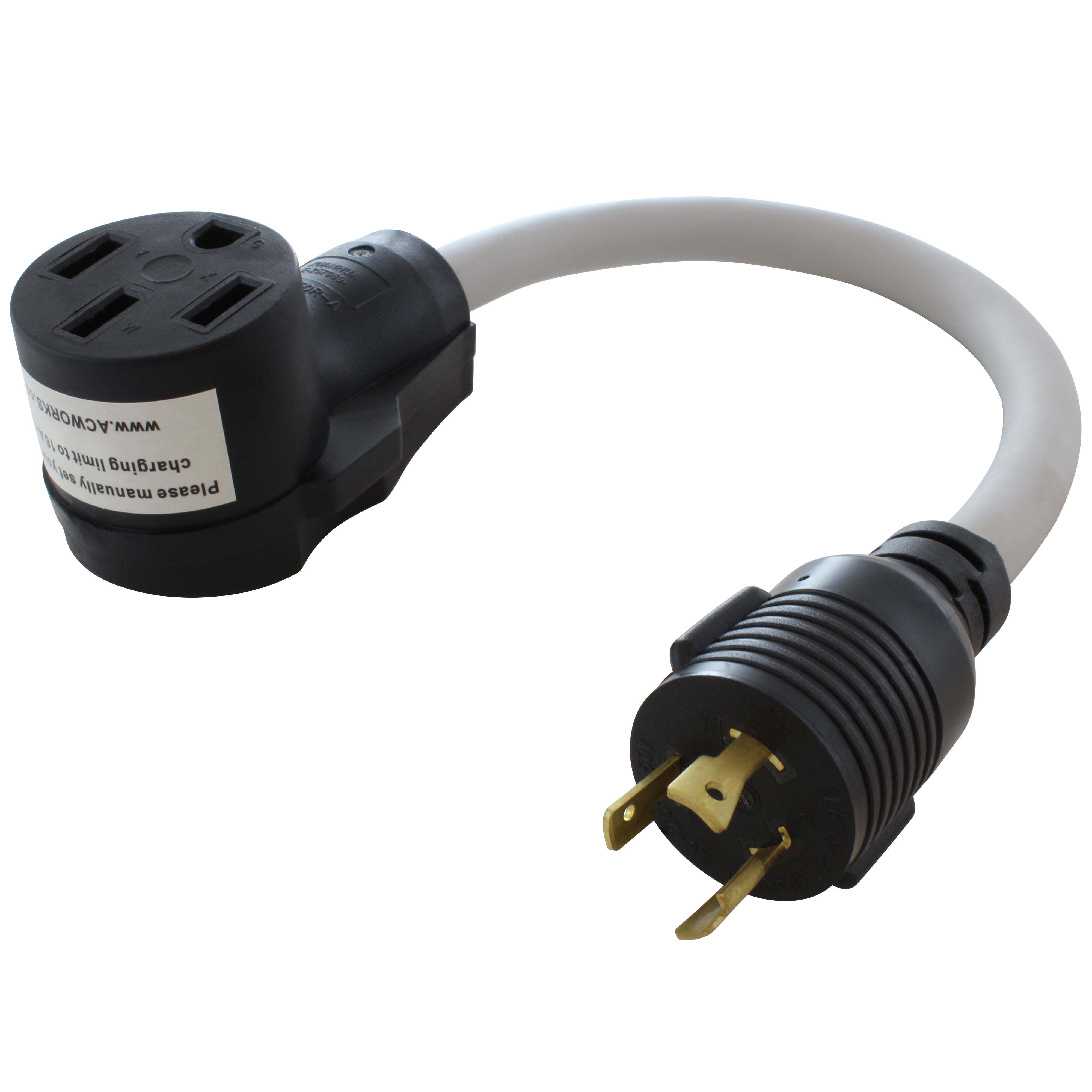


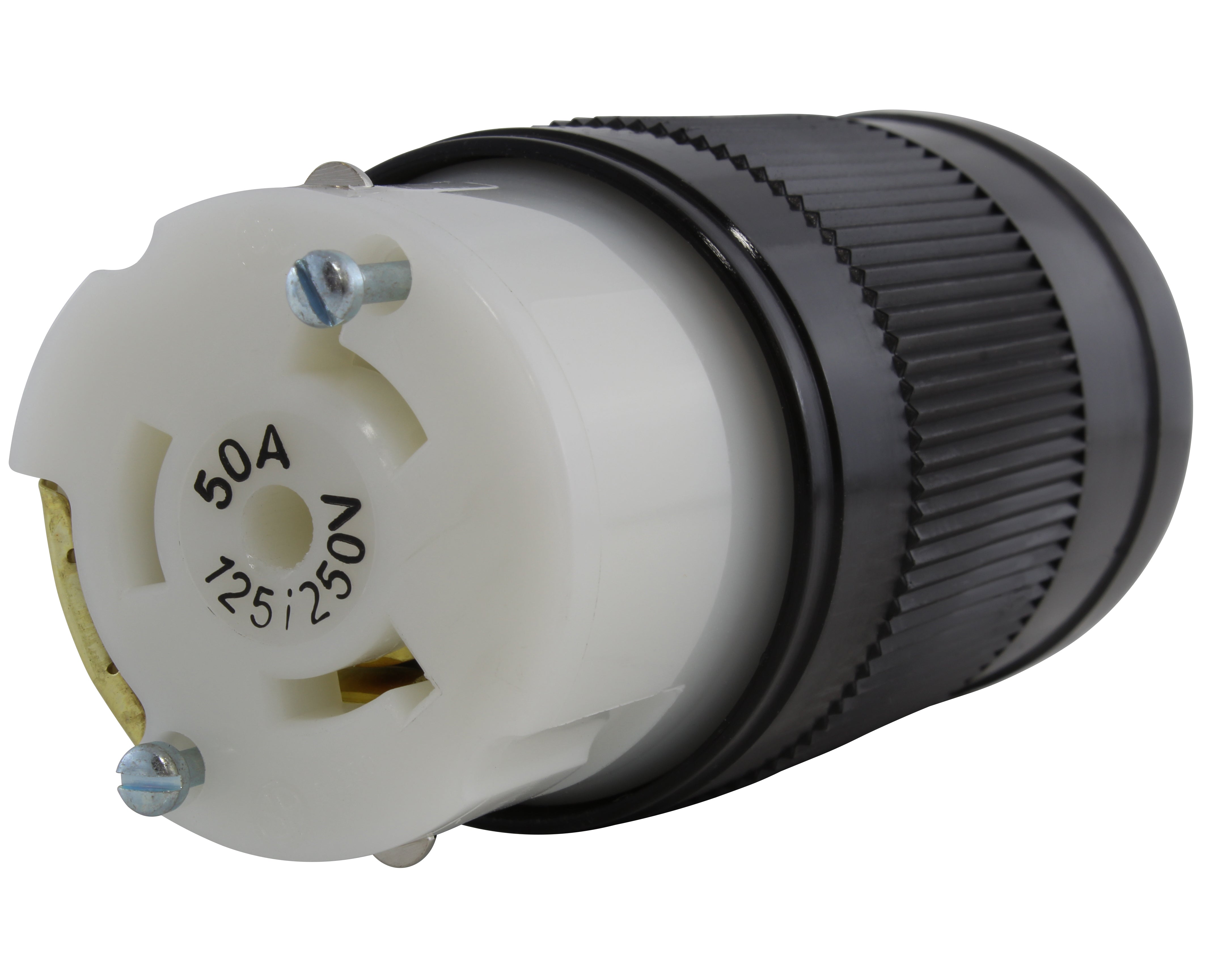
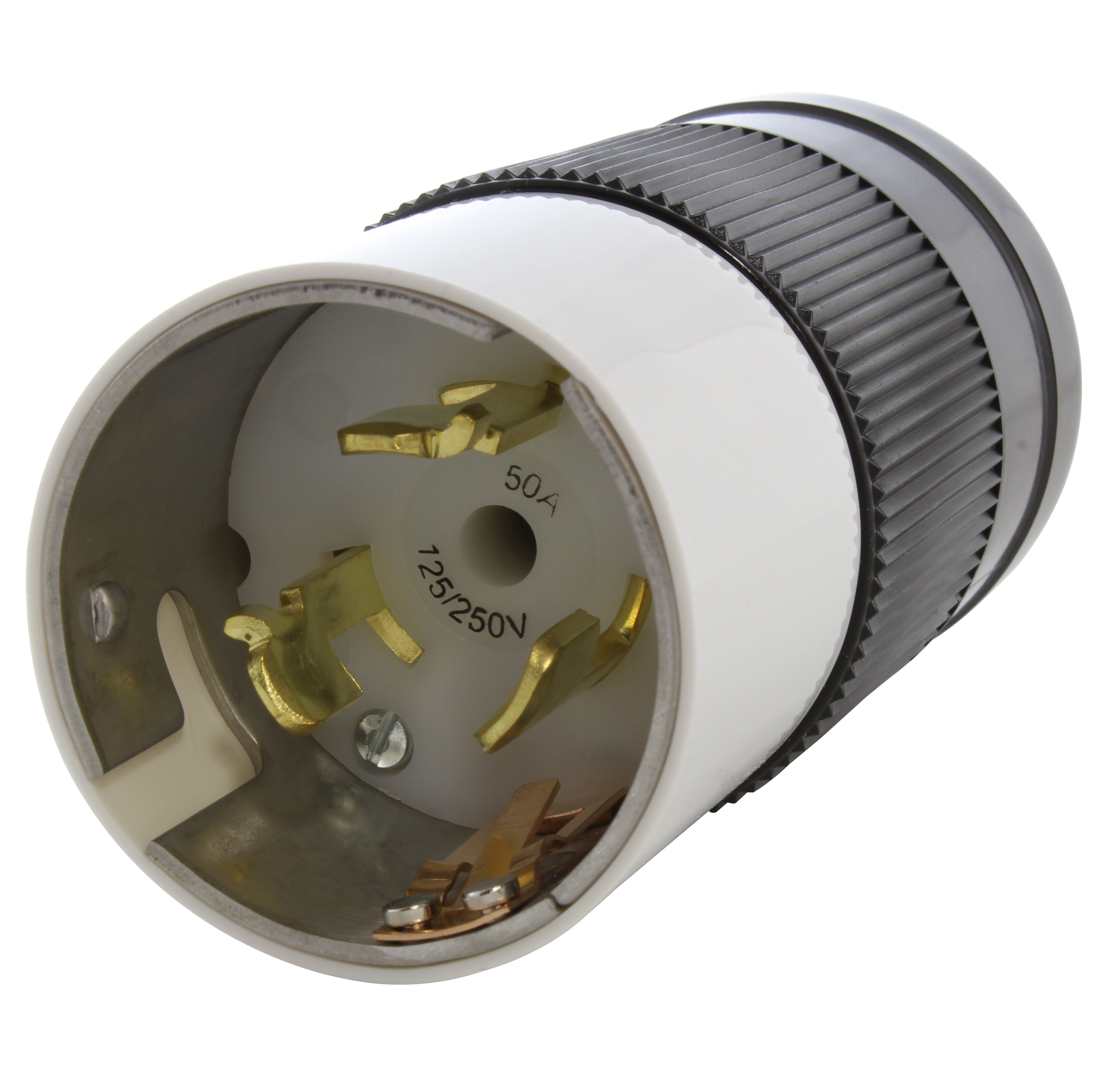
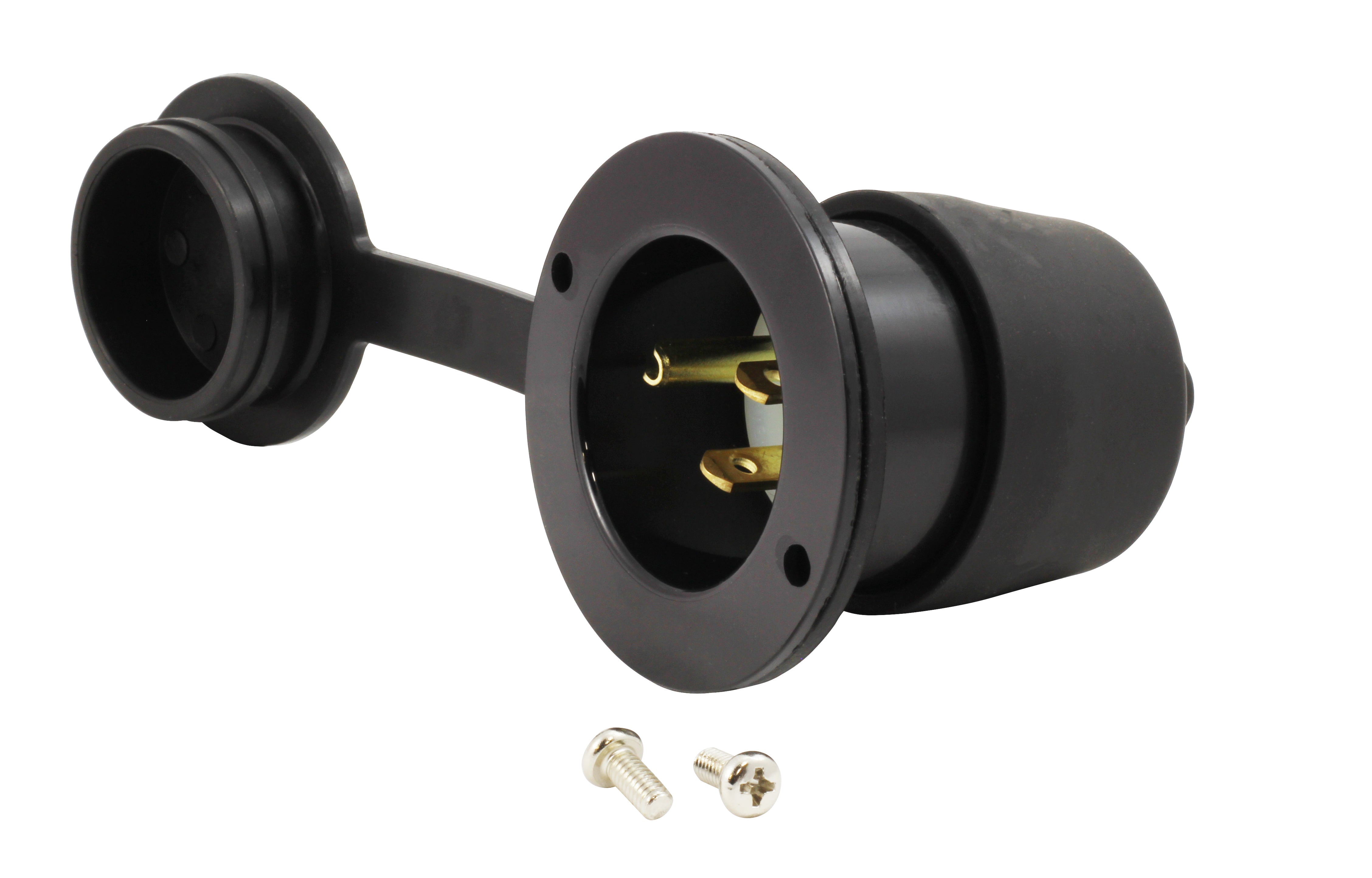

![AC WORKS® [ADV104] 3-Prong Heavy-Duty V-DUO Household Outlet Adapter](http://acworks.com/cdn/shop/products/ADV104-0.jpg?v=1605738768&width=3128)
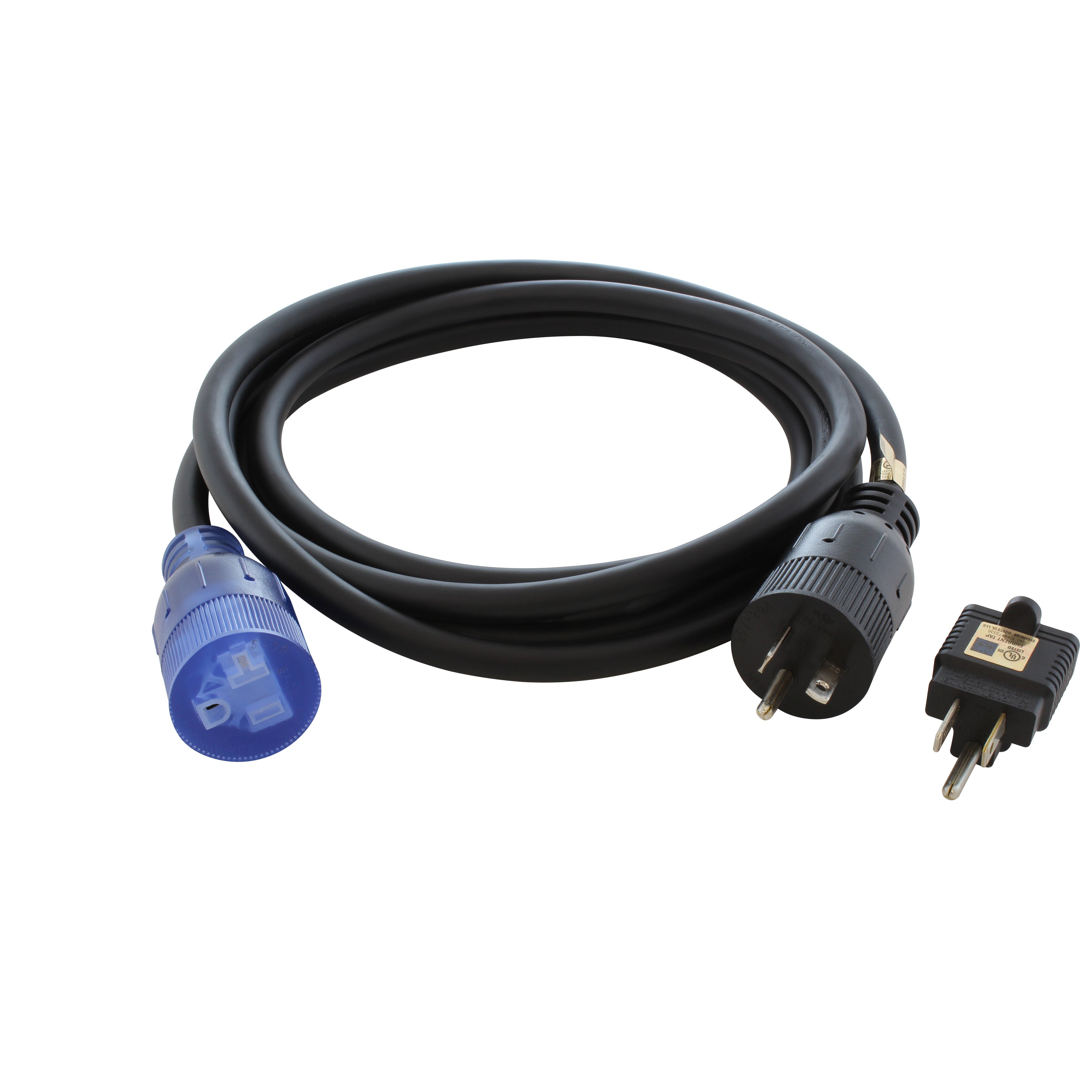
![AC WORKS® [XH515520] 15A to 15/20A 125 Volt Plug Adapter with ETL Safety Approval](http://acworks.com/cdn/shop/files/XH515520-0_daea425a-f439-48df-bb75-052167057f12.jpg?v=1729091519&width=2500)
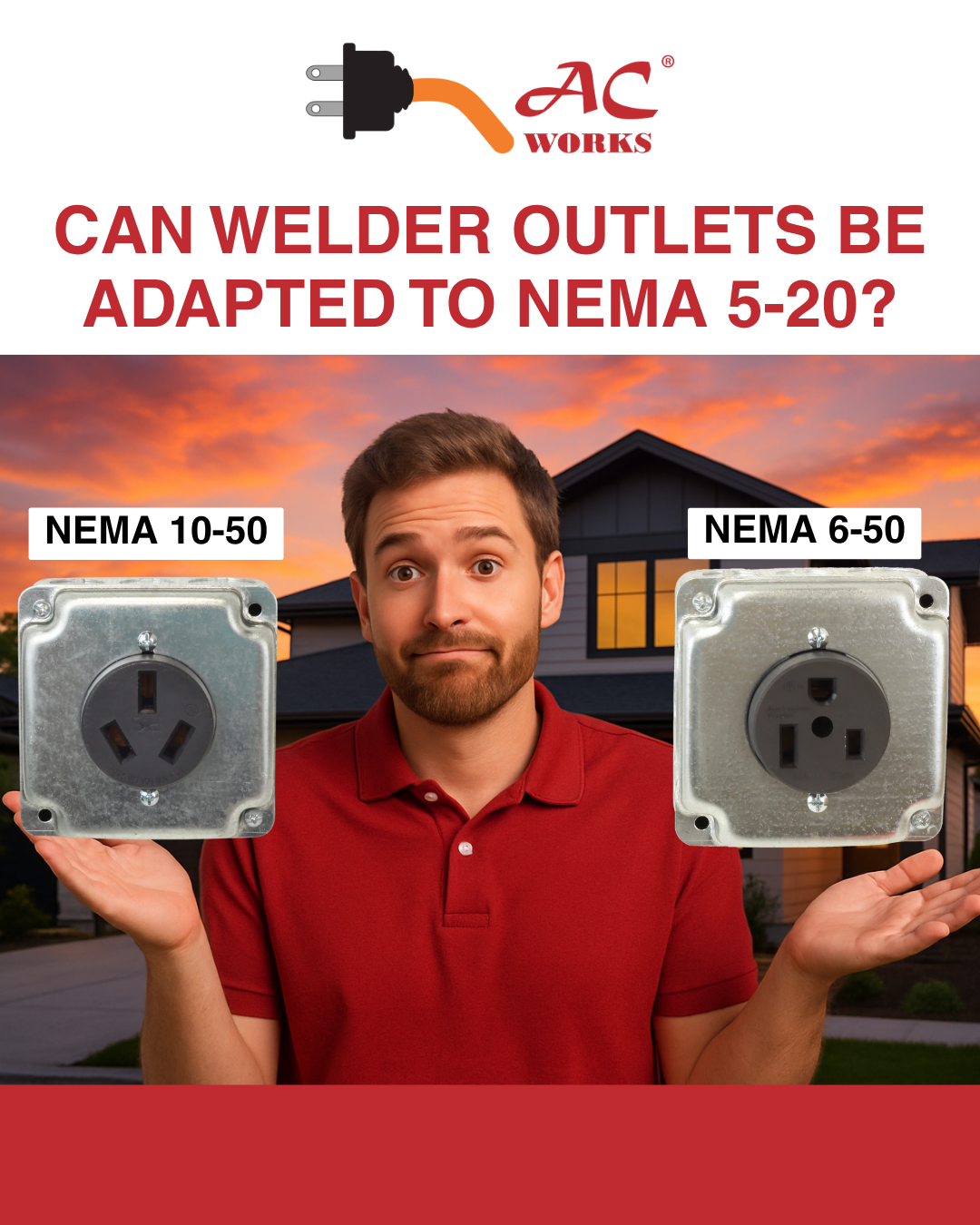

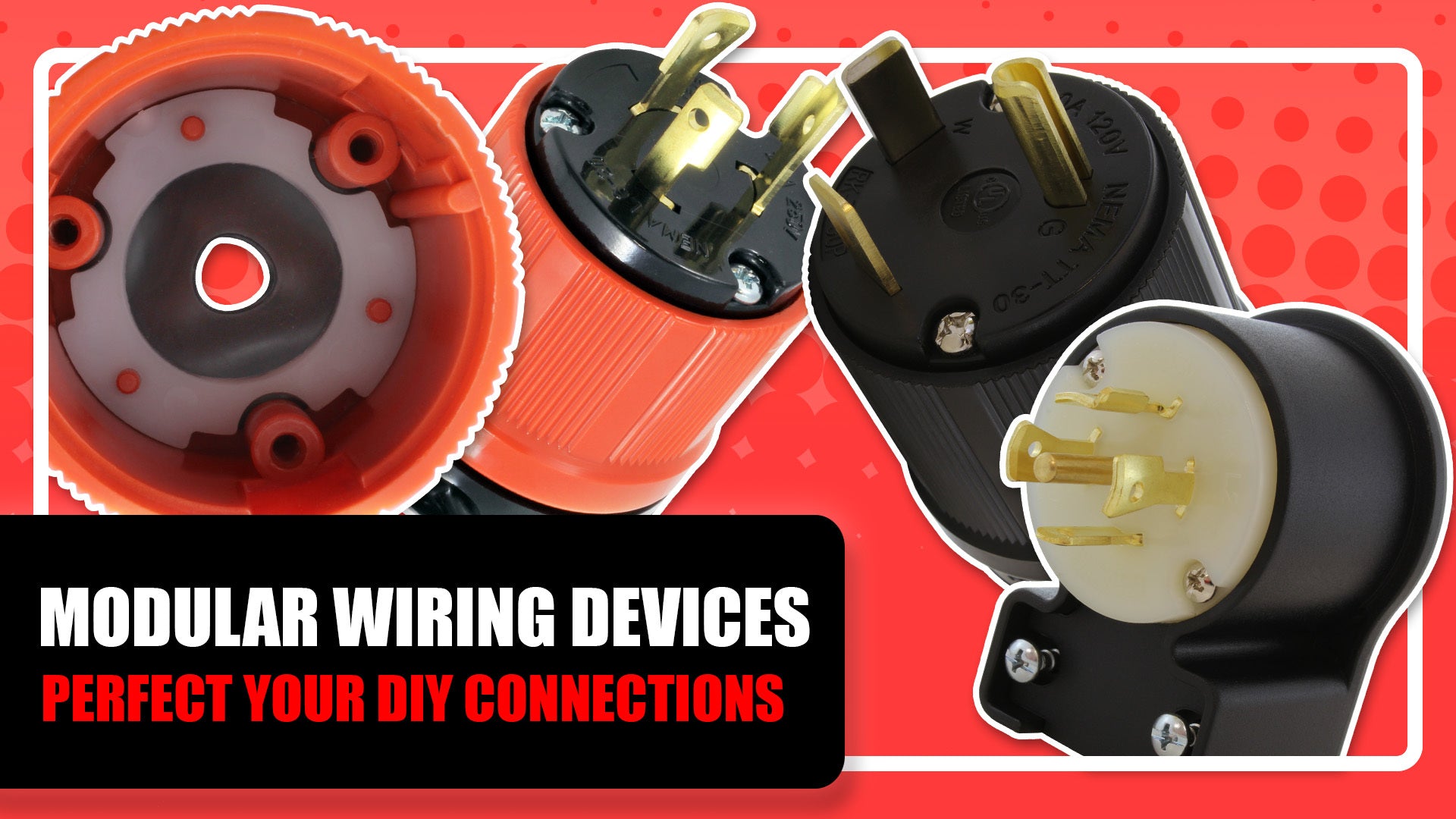
Share:
Differences Between Watts, Amps and Volts Explained
AC Wiring Basics
26 comments
I built a circuit to switch LED decorative lights on and off. They are indoor/outdoor lights with non polarized plugs. The circuit is a wifi module (ESP8266) and a 220V 20 A relay. It’s controlled via web page hosted by the wifi module. It works, but when the relay is open (lights off) the lights glow dim. When I send the on command the are fully lit. I have several of these circuits controlling things in the house, but this one is not behaving correctly, and I am posting here because I am wondering if it’s the non polarized connections that are presenting a danger. I have cut, soldered, and heat shrunk all the AC connections (had to extend wire and needed a convertor to provide power to the wifi module.
So, my question is how do I trace the circuit to see if I have the live wire (explained above) flipped or reversed? Or do the electrical experts even think that is a possible cause(?)…
Thanks in advance for any advice. Dave
“Bought a replacement fan and motor assembly for my Nutone bathroom fan. Very simple install , but the plug in for the new assembly is non polarized.”
Fan motors used in typical exhaust fans are what we call “squirrel cage” designs and do not care which prong is what; neither wire is connected to the fan chassis / frame so polarization is not required. IMHO though, it’s just nickel-and-dime accounting not to use a polarized socket / plug.
Hello Daniel.
That’s odd that the replacement plug wouldn’t be polarized. Do you have a part number for the replacement fan and motor? If you have pictures of the plug and outlet, can you send them to me at ac-creative@acconnectors.com. I’d like to take a look and do some research on the replacement parts that you have.
Good morning ,
I just purchased a replacement fan and motor assembly for my Nutone bathroom fan. Very simple install , but the plug in for the new assembly is non polarized. Is there a specific way that it needs to be plugged in to be safe and correct ? If so how can you tell which way since both prongs are the same size ? Fan and light seem to be working perfectly fine the way it’s presently plugged in. Thank you.
I’m not well versed with this, I glad that I have the time to read this blog I learned so much. Now I won’t be ignorant of the difference between Polarized and Non-Polarized. Thank you!
Wendy
http://jcpelectric.net/